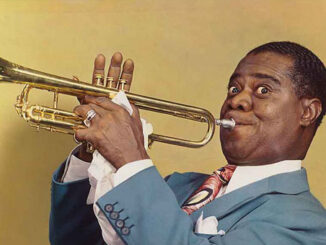
Data News Staff Edited Report
The Urban League of Louisiana released Equity in Unification: Core Issues, Responses and Recommendations to Advance Equity in New Orleans Public Schools,an extensive look at how students of color, low-income students, and students with disabilities are faring in the city’s education system. The report finds that as the Orleans Parish School Board (OPSB) prepares to take back control of the majority of New Orleans public schools, which were handed over 12 years ago to the Recovery School District, equity remains an uphill battle.
The report documents an “opportunity gap” for historically disadvantaged students by examining six indicators: student outcomes, school choice, teacher quality, high level curriculum, discipline and funding. A few of the revelations from the report:
The achievement gap between African American and White students is approximately 50 percentage points.
Latino students, limited English proficient students, and students with disabilities have among the lowest graduation rates and highest dropout rates.
About 37% of New Orleans students attend schools ranked D or F.
Students in high poverty/high minority schools are more likely to be taught by inexperienced and uncertified teachers than their counterparts at low poverty/low minority schools.
Among schools with high concentrations of African American students, less than one-quarter offer calculus and less than two-thirds offer Advanced Placement courses.
African American students are three times more likely to be suspended than students of other races/ethnicities.
“New Orleans public schools have made strides, but troubling and unacceptable inequities still persist,” said Erika McConduit, president and CEO of the Urban League of Louisiana. “When African American students – who make up the vast majority at New Orleans public schools – are less likely to be taught by credentialed teachers, to attend schools ranked A or B, and to have access to advanced courses like calculus, our city’s education system is clearly not meeting the needs of all of its students.”
McConduit says that while the achievement gap shows the stark contrast in outcomes between white students and students of color, it is the opportunity gap – lack of access to the same educational opportunities – that continues to undermine African American, Latino, poor students, and students with disabilities. “As long as this opportunity gap exists, too many of our city’s children will be caught in the cycle of poverty.”
Looking forward, especially as unification under OPSB approaches, the report urges greater intentional collaboration between OPSB, charter management organizations, and community groups, who must bring educators, administrators, non-profits, and business and civic leaders to the table to distribute the responsibility for educational equity across the system.
Recommended For You.






Be the first to comment